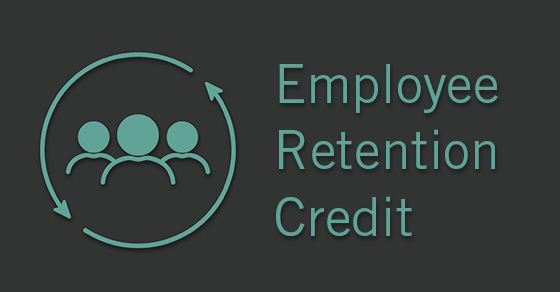The IRS explicitly indicates that wages used for Payroll Protection Program loan forgiveness, Shuttered Venue Operators Grants, and Restaurant Revitalization Fund grants may not be used for Employee Retention Credit (ERC) purposes (Rev. Proc. 2021-33). Those are separate silos on the expense side based on IRS guidance and there is no leeway to charge the same expense even temporarily to multiple programs. Several questions have come up relating to claiming and accounting for ERC.
What about entities with grants other than those mentioned above?
The answer is not clear-cut. We will focus on federal grants, as they are more common. In subpart E cost principles of 2 CFR 200, credits must be credited to the federal awards for which the costs are related as either a cost reduction or a cash refund. This means if subpart E applies to the federal grant, any ERC accrued or received must be netted into the grant expenses in some manner. However, if subpart E cost principles do not apply to a particular grant, the grant document should be utilized to determine any restrictions that may apply. Many nonfederal reimbursement-driven grants likely operate similarly to subpart E.
Can ERC be used as matching funds?
In reviewing the matching requirements within 2 CFR 200, the ERC cannot be used as a match to a federal grant. However, other nonfederal grants may or may not allow the ERC to be claimed as a match; the grant document would prevail in that assessment.
Should an entity with federal grants claim the ERC on those wages that could be charged to the grant?
It depends. There are several situations to consider:
1. Situations when the entity has more allowable expenses than the grant revenue can cover. In this case, it makes sense to use the ERC to cover some of those additional expenses beyond what the grant can cover.
2. Situations when there is an easy way to utilize a carryover provision or get an extension on the grant period and utilize the grant funds to cover expenses in a future period. In that case, it makes sense to take the ERC to cover current expenses and save those grant funds that can be extended to offset future expenses.
3. Situations when the grant is for a set period or based on milestones and all the expenses were already covered under the grant. In that case, it does not make sense to claim the ERC as you are replacing one federal source with another. In this case, if the amounts spent on this year’s grant will help determine the amount of next year’s grant, it may be detrimental long-term to take the ERC, as the replacement of grant revenue with ERC funds results in fewer grant expenses and a smaller grant (less revenue) the following year.
What other compliance requirements should I consider?
Indirect Costs – The same rules apply to wages and payroll taxes in the indirect cost pool if there is an actual indirect cost rate calculated and used. If instead a de minimus rate of 10% is used, then any indirect wages used for ERC will not impact the allowable indirect costs.
Cash Management – For the current pay period’s ERC, reducing the expenses to the grant will mean drawing down less cash. The cost principles and cash management requirements need to be carefully considered for retroactive changes to the ERC that are accounted for with the IRS by doing a 941-X to amend the payroll tax return. Cost principles indicate that the credit should be accrued in determining allowable expenses. This means, as soon as you are accruing for the credit, the whole amount of credit is now considered a reduction in expenses which then impacts your ability to draw down the cash in the grant. This could cause timing issues between the reduction in expenses, and therefore reduction of cash drawdowns from the grant, and the actual receipt of ERC cash. The 2 CFR 200 rules were not written to contemplate the size of credits that the ERC is considering or the delays in refunds being sent. This could result in a compliance finding that the entity drew down too much cash from the grant.
Budgeting – The ERC could impact other compliance requirements as well. For example, budgets may require approval to move amounts between different line items, and the claiming of the ERC might reduce the payroll taxes or salaries charged to the grants.
Maintenance of Effort – There may be maintenance of effort requirements that require specific dollar amounts of expenses; netting the ERC against the expenses could cause noncompliance with those requirements.
Final Thoughts
If the entity has expense reimbursement types of grants, especially, an evaluation of how the ERC receipt works in those grants needs to be made. Except for a few cases (PPP, SVOG, and RRF), there is no prohibition on using the ERC. However, the compliance requirements may cause a practical limitation on being able to use the ERC. It is best practice to have discussions with your grantor and document the answers in writing as you determine whether grant funds or ERC funds make the most sense in your situation.
If you need assistance with accounting for ERC, please contact your Yeo & Yeo professional.


